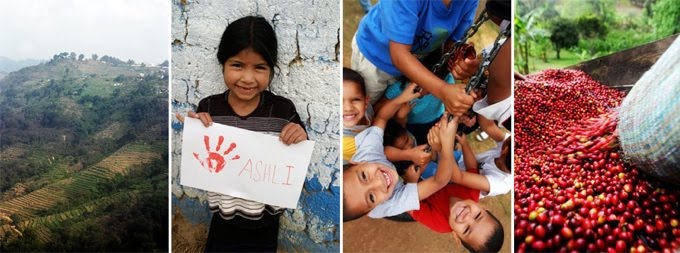When it comes to coffee filters there are generally three options:
People have tried other things (animal skin, glass, ceramic, etc) but today paper, metal, and cloth are king. All of these have upsides and downsides
Paper
Most people who brew coffee today use paper filters. Paper filters have a number of advantages. They give the best clarity and are always fresh. Since they are only used one time they are able to have a very small holes and still manage to make the coffee quickly. Other brewing methods suffer because they can get clogged more easily.
Metal
There are various metal filters on the market there. Gold tones, which are stainless steel that has been enhanced with gold plating, are the most common. However there are other filters like the Coava Kone and Disc. As well as the filter found in your everyday french press, and that found in a percolator. Espresso machines and stovetop moka pots also use a metal filter, but that is for a high pressure extraction so it works quite a bit differently.
Metal filters are popular among those who believe the paper filter adds a paper taste to the coffee, and also absorbs some of the coffee oils taking some of the taste away from the coffee. However in oder to let the coffee flow through them they need to have larger holes. This results in silt getting through. This takes away from the clarity of the cup and gives the coffee a heaviness but not necessarily a good body. To avoid this, there are some who filter their coffee first through a metal filter and then through a paper filter.
Cloth
Cloth filters are similar to paper filter, but are reusable. I used to work for a shop that used muslin they bought from a fabric store with a brewer. The theory was that the cloth would get saturated with the coffee oils and then it wouldn't take away the oils from the coffee. The filters did get pretty gross eventually and you'd have top replace them. I still really like the coffee that we made using this method.
The problem with having cloth is that is retains flavors from previous brews. This can add unwanted elements into the cup. Using a cloth filter can also add the flavor of the cloth in many cases. If you ever try this method keep in mind that the lower the thread count on the cloth the more silt you will get in the cup. This method does not produce the same clarity that is found in paper, but is more clean then a metal filter.
My Opinion
I personally prefer paper. I don't like having the fine grinds, it gives the coffee a false body, and one takes away one of the main things I love in a cup of coffee, the clarity.
Paper has if faults, but most of them are negligible if you get high quality filters and pre-rinse them. The cups I have had that have been able to maintain clarity and body have mostly been with paper, and I feel nothing is better at bringing out the acidity of a coffee, which is something I love to taste.
The main thing is that you do what makes the coffee YOU like. Test it out on your own.








